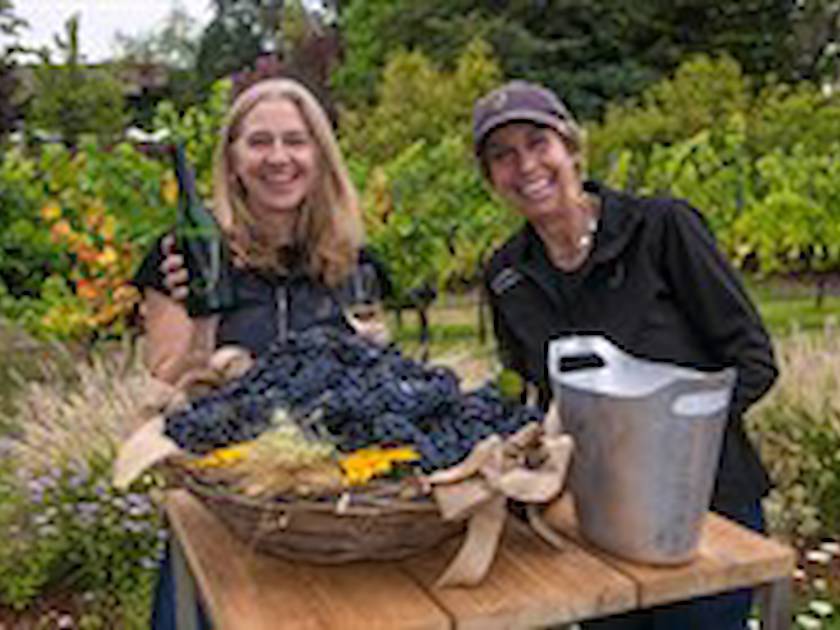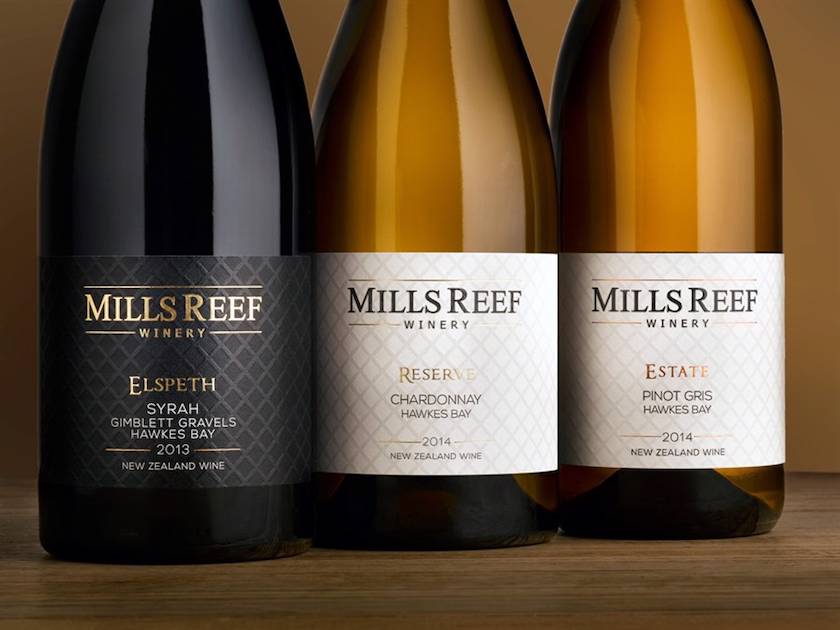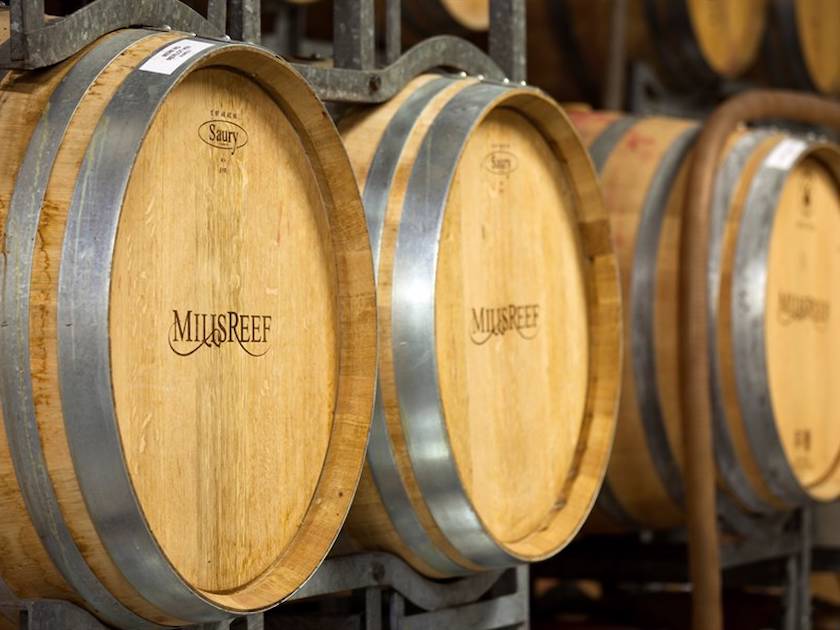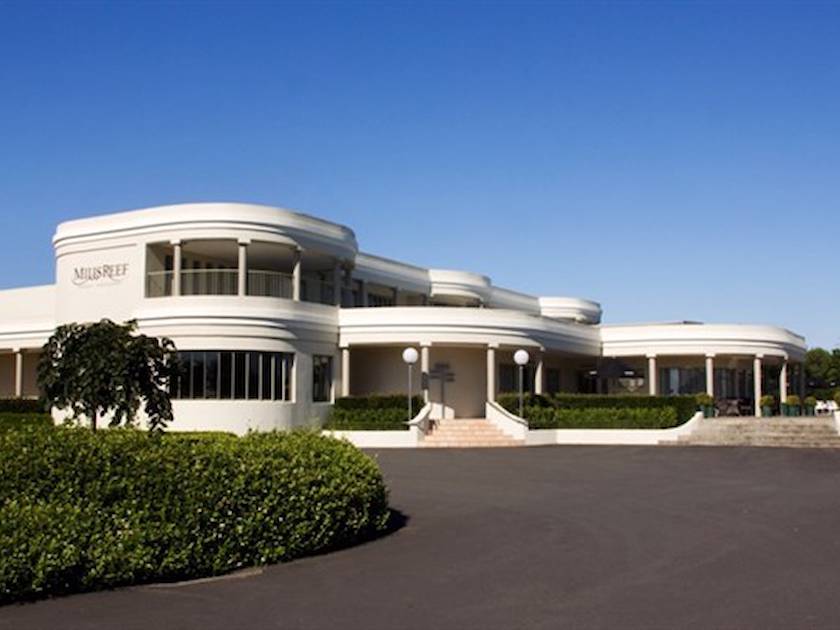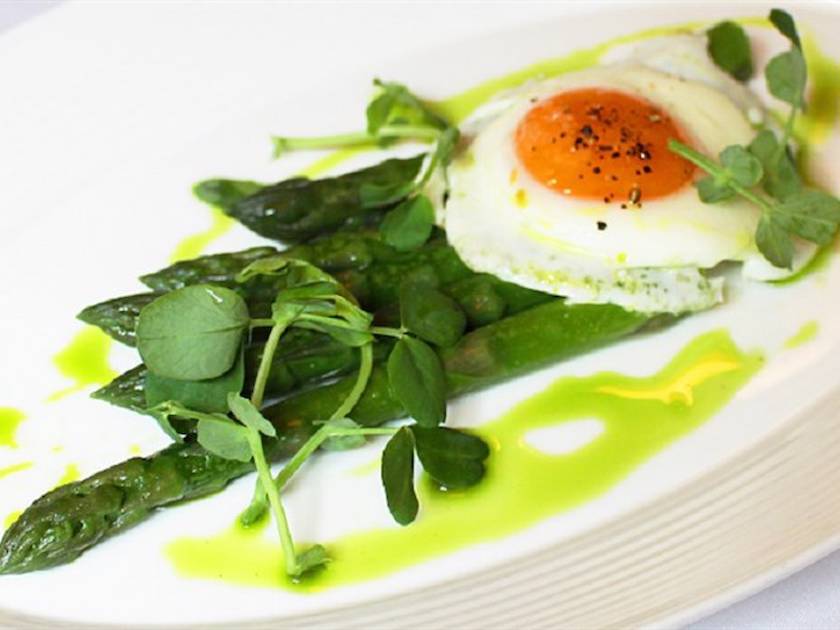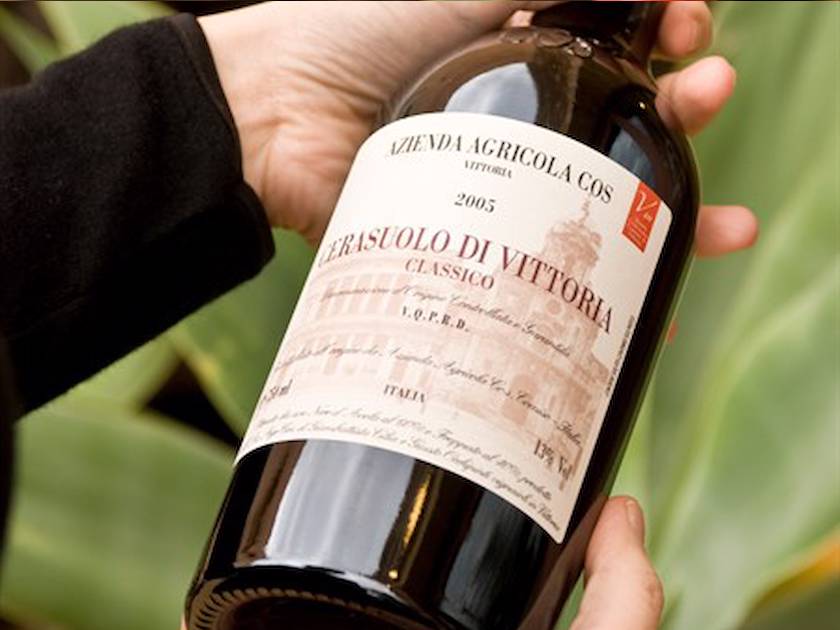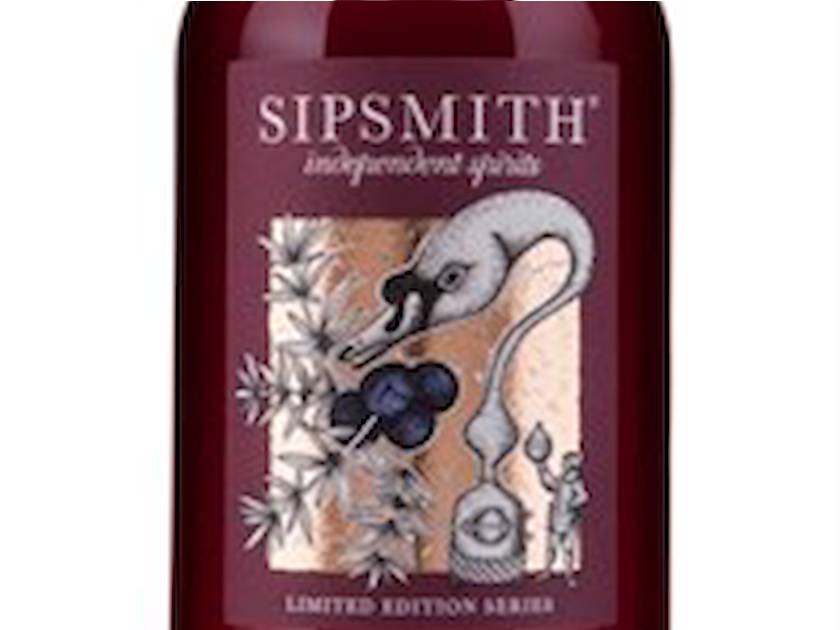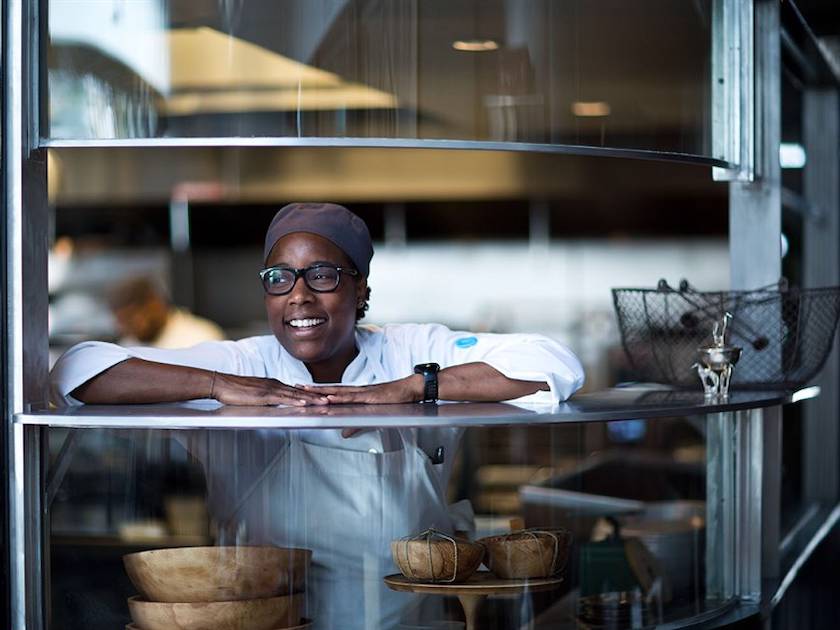New Zealand wine - Mills Reef
It doesn’t happen often but when it does, it is often accompanied by unreserved revelry. After all, it’s not often you get a ‘vintage of a lifetime’, as Mark Alexander finds out...
Like the next man, I am partial to a glass of fine wine. A cork may be pulled over dinner, with friends or quite often after a game of golf. I like to think I have honed my pallet to successfully distinguish the difference between the deep, rich flavours of a vintage and the insipid, face-squinting torment of a bargain-bucket dud. I like the flavours, colours and subtleties of wine. It delivers much more than a gulp of thirst-quenching booze. But as much as I enjoy it, my relationship with wine starts and finishes on an amateur footing. The chaps at Mills Reef in New Zealand’s Bay of Plenty, on the other hand, have taken the skills I would purport to have, and many I have yet to imagine, and dissected, refined and polished them to make wines that are very special indeed. I know this because when I visited the winery in Tauranga on Christmas Eve, the team was gently swilling their glasses and toasting their success after three of their wines were included in Winestate magazine’s Top 40 wine list. As I found out, this was no mean feat. “Considering they taste thousands and thousands of wines every year, to have one wine in the Winestate Top 40 is a significant achievement,” says Nick Aleksich, general manager and director at Mills Reef. “To have three out of 40 is massive. We’ve been in the Top 40 before, but to have three in there; that’s a first.
STYLISH ATMOSPHERE. The winery, with its art-deco design, 150-seat restaurant, stylish tasting areas and atmospheric cellars, has all the hallmarks of a slick, professional operation. It is the kind of place where you could easily loose an afternoon by surrounding yourself with delicious foods and quality wines. This is a place shaped around indulging your taste buds, although you might not immediately associate it with such an impressive clutch of trophies. After all, the chaps at Winestate blind taste over a thousand top-scoring antipodean wines before making their final selection. As Aleksich suggests, achieving just one entry is noteworthy, never mind three. In a rare lapse of modesty, however, he divulges that the awards might not have been such a shock to the system. “We were excited to have that accolade and recognition,” he admits, “but we knew 2013 was a great vintage, so perhaps it didn’t come as a surprise.”
TOP QUALITY. It turns out that throughout the 2013 season, the Mills Reef team had been carefully watching the fruit develop at their vineyards in Hawkes Bay. By harvest time, they knew they were onto a winner. In fact, the fruit had matured so well that the team had very few doubts it would produce a crop of outstanding quality. It w as what the trade refer to as a ‘vintage of a lifetime’ – that rare occasion when the stars align and fate sprinkles its magic dust to create perfection. “We knew when we bringing the grapes in that it was going to be a sensational vintage,” says Aleksich. “When we were making picking decisions, we were not only looking at what the weather was doing, but we were looking at the balance in the fruits; the flavour or fruit profile, the sugar and acid levels, the pH and the seed ripeness. Sometimes these things can be slightly out of balance, but in 2013 all of those factors were perfectly in balance.” He continues: “We’ve had a run of very good vintages. If I had to pick one it would be 2007, but 2013 will eclipse it. 2013 is the best in living memory.”
PERFECT CONDITIONS. And it’s not just Aleksich making these claims. The chief winemaker at Constellation New Zealand, the parent company of several of New Zealand’s best-known wines, is also cock-a-hoop about the 2013 vintage. “We had a perfect mix of warm, but not hot days and cool nights. Rain fell at the right part of the growing cycle and, more importantly, did not fall during the critical period leading up to harvest,” explains Darryl Woolley, winemaking senior vice-president at Constellation. “This resulted in a medium-sized crop of exceptionally high-quality grapes.” It is clear that Kiwis know their wine and, more importantly, can spot a good one from a mile off. What makes these acquired skills all the more impressive is that wine making never got going in New Zealand until 1851 with the oldest existing vineyard being established by missionaries in the Hawkes Bay.
SLOW TO GROW. New Zealand was a late bloomer and to make matters worse, a deadly outbreak of phylloxera (an insect that attacks the roots of grapevines) devastated the country’s vines towards the end of the 19th century. If that wasn’t bad enough, the government actively discouraged the consumption of alcohol – the sale of wine in shops and restaurants was prohibited throughout the 1950s. Prohibition wasn’t enacted in full, but it came close and it wasn’t until 1990 that supermarkets were finally able to stock the good grape. Blighted by disease and constrained by regulation, the industry eventually flourished in more liberal times. Today strong sales have made wine a star performer, with exports now earning more foreign exchange for New Zealand than butter, fish or kiwifruit.
PERFECT PROGRESS. Back in Hawkes Bay, while Aleksich and his team monitored the fruit’s progress, the main contributing factor to the wonder season of 2013 was the weather. “What it boils down to is the quality of the weather over the season,” Aleksich explains. “Site selection and location is important, but you need Mother Nature to play the game as well, and 2013 at Hawkes Bay was climatically perfect. It was a long, even season with plenty of sunshine. We didn’t have any excessively cold spells while at the same time we didn’t have any excessively hot spells. As far as rainfall, we didn’t get any deluges, just a nice dappling of rain throughout.”
EL NIÑO. One of the most important factors influencing the climate around the Pacific Rim is the weather patterns know as El Niño and La Niña. These are opposite phases of a cycle of temperature fluctuations between the ocean and the atmosphere. By measuring pressure differentials between Darwin and Tahiti, as well as sea-surface temperatures, forecasters are able to predict the strength of these factors. Towards the end of 2012, all the readings were suggesting 2013 would be a corker. “As we got closer to harvest, we were tasting the fruit and inspecting its physiological profile, but we knew early on how the weather patterns were setting up. There are varying degrees of El Niño and La Niña, so from the measurements the forecasters made, 2013 wasn’t going to be a particularly strong El Niño.” With the prevailing weather coming from the west hitting the high ridge that runs down New Zealand’s north-south axis, the weathermen predicted it would be a warm and relatively dry season. More importantly for Aleksich, there wouldn’t be too many surprises. “What we’re trying to achieve is a nice, long, slow, even cook,” he explains. “If you think of it in terms of meat, a long, slow cook gives you a more succulent, more flavoursome, more tender meat. We’re trying to achieve the same effect in the vineyard.”
AWARD-WINNING. The New Zealand growing season in 2013 was remarkable, and Aleksich and his team knew it. The three wines that made Winestate magazine’s list – the Reserve Merlot Malbec, Reserve Syrah and Reserve Chardonnay – all came from that magical batch grown on the Gimblett Gravels area of Hawke’s Bay. It was a remarkable harvest of fruit that prompted an equally impressive haul of awards. To celebrate their success, I opened a bottle of Merlot Malbec to savour its silky smooth character on Christmas Day with a beautiful New Zealand lamb lunch. How else would you celebrate a vintage of a lifetime?
RELATED STORIES
Great Wine - Kingsbarns Distillery


